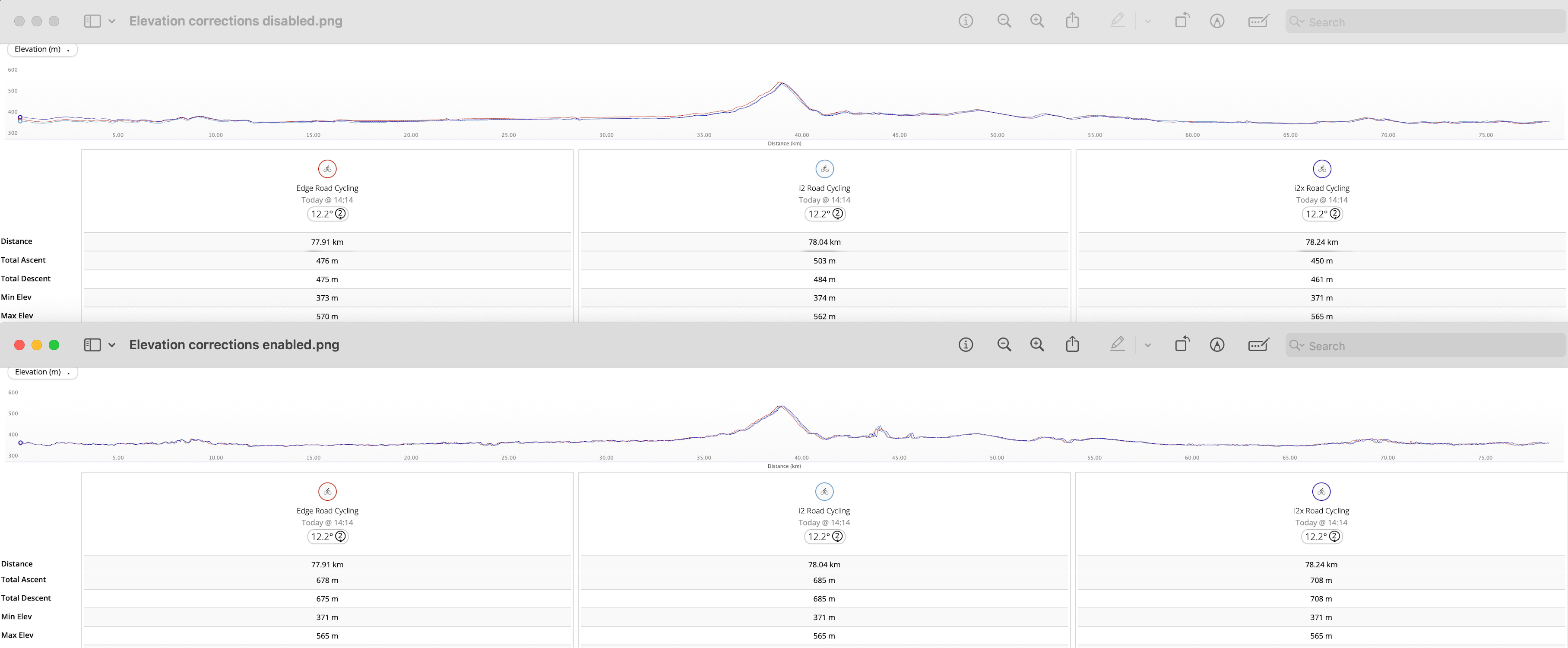I have an Edge 840 that I use for road/gravel/mtb. I'm purchasing an Instinct 2 for walking. I see that the Instinct can broadcast HR to the Edge. It also has biking activities.
My question is, when biking, should I be use the instinct for more than an HR monitor? Should I be starting an activity on both devices?
Maybe so I can see recovery, sleep, morning stuff on the watch?
Just wondering how you use both devices.




